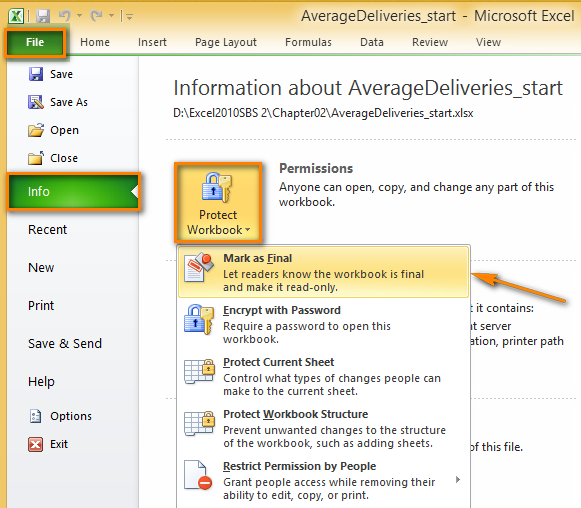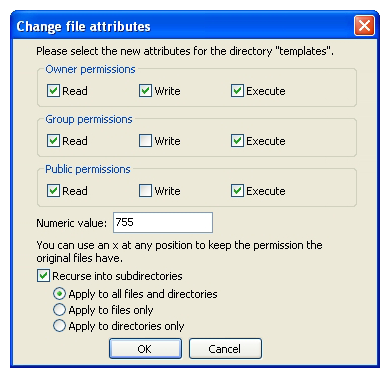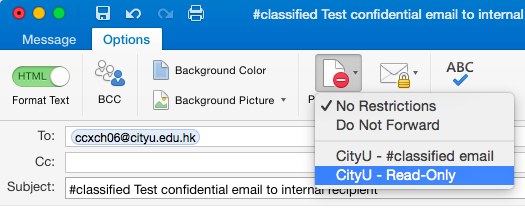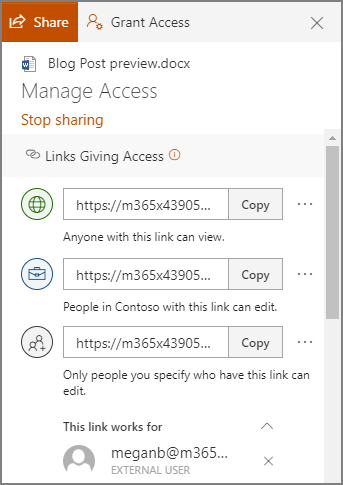
- How to change permission to view files on mac how to#
- How to change permission to view files on mac plus#
- How to change permission to view files on mac free#
How to change permission to view files on mac how to#
I have made several references to Owners and Groups above, but have not yet told you how to assign or change the Owner and Group assigned to a file or directory. So to set a file to permissions on file1 to read _ rwxr_, you would enter chmod 740 file1. You will need to include the binary permissions for each of the three permission groups. You add the numbers to get the integer/number representing the permissions you wish to set. The numbers are a binary representation of the rwx string. The first number represents the Owner permission the second represents the Group permissions and the last number represents the permissions for all other users. To set the permission using binary references you must first understand that the input is done by entering three integers/numbers.Ī sample permission string would be chmod 640 file1, which means that the owner has read and write permissions, the group has read permissions, and all other user have no rights to the file. Now that you understand the permissions groups and types this one should feel natural. Using Binary References to Set permissions
How to change permission to view files on mac plus#
To add the permissions above you would invoke the command: chmod a+rw file1Īs you can see, if you want to grant those permissions you would change the minus character to a plus to add those permissions. To make this modification you would invoke the command: chmod a-rw file1


Now we want to remove the read and write permissions from the all users group. So for example, let’s say I have a file named file1 that currently has the permissions set to _rw_rw_rw, which means that the owner, group, and all users have read and write permission. The potential Assignment Operators are + (plus) and – (minus) these are used to tell the system whether to add or remove the specific permissions. To explicitly define permissions you will need to reference the Permission Group and Permission Types. You can assign the permissions explicitly or by using a binary reference as described below. When in the command line, the permissions are edited by using the command chmod.


Permission GroupsĮach file and directory has three user based permission groups: So based upon the need for proper permissions, I will go over the ways to assign permissions and show you some examples where modification may be necessary.
How to change permission to view files on mac free#
For more great SysAdmin tips and techniques check out our free intro to Linux course.Īlthough there are already a lot of good security features built into Linux-based systems, one very important potential vulnerability can exist when local access is granted – – that is file permission-based issues resulting from a user not assigning the correct permissions to files and directories. This is a classic article written by Jack Wallen from the archives.


 0 kommentar(er)
0 kommentar(er)
